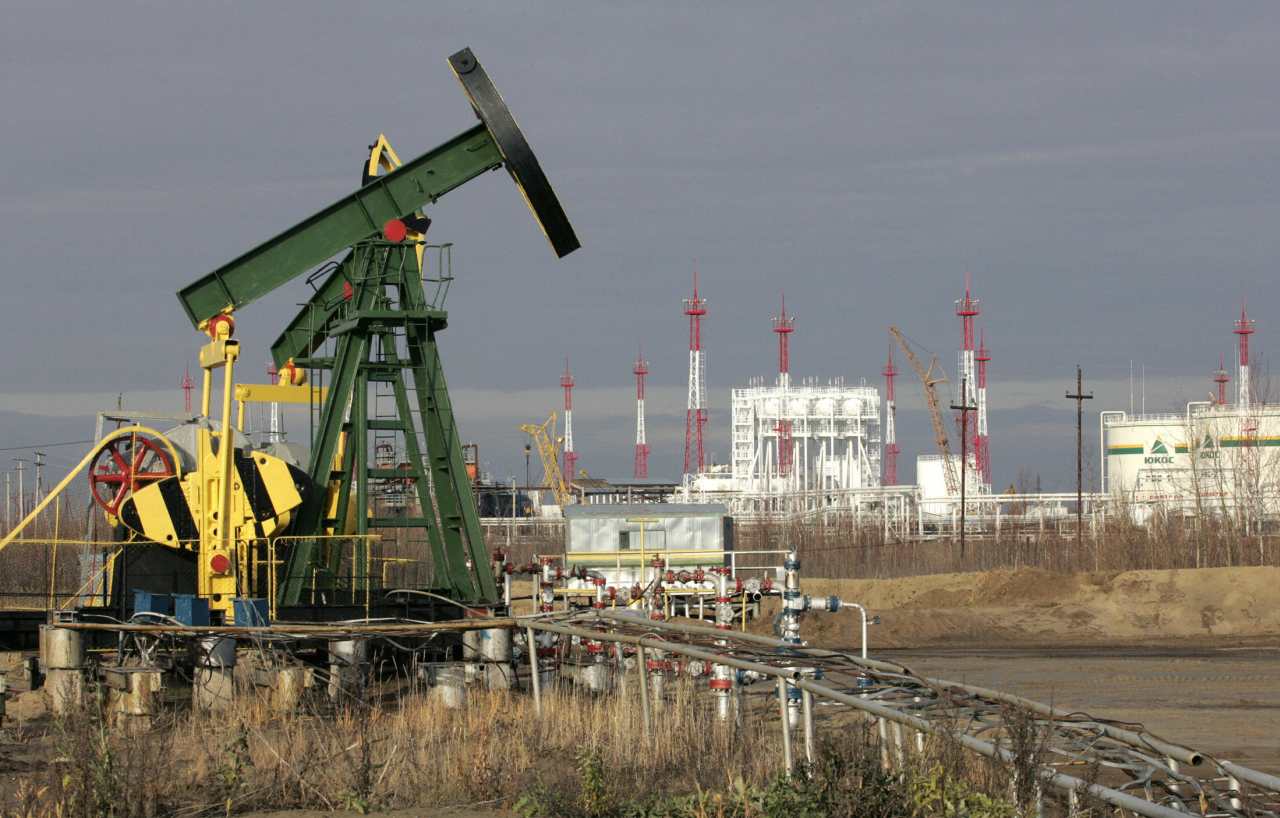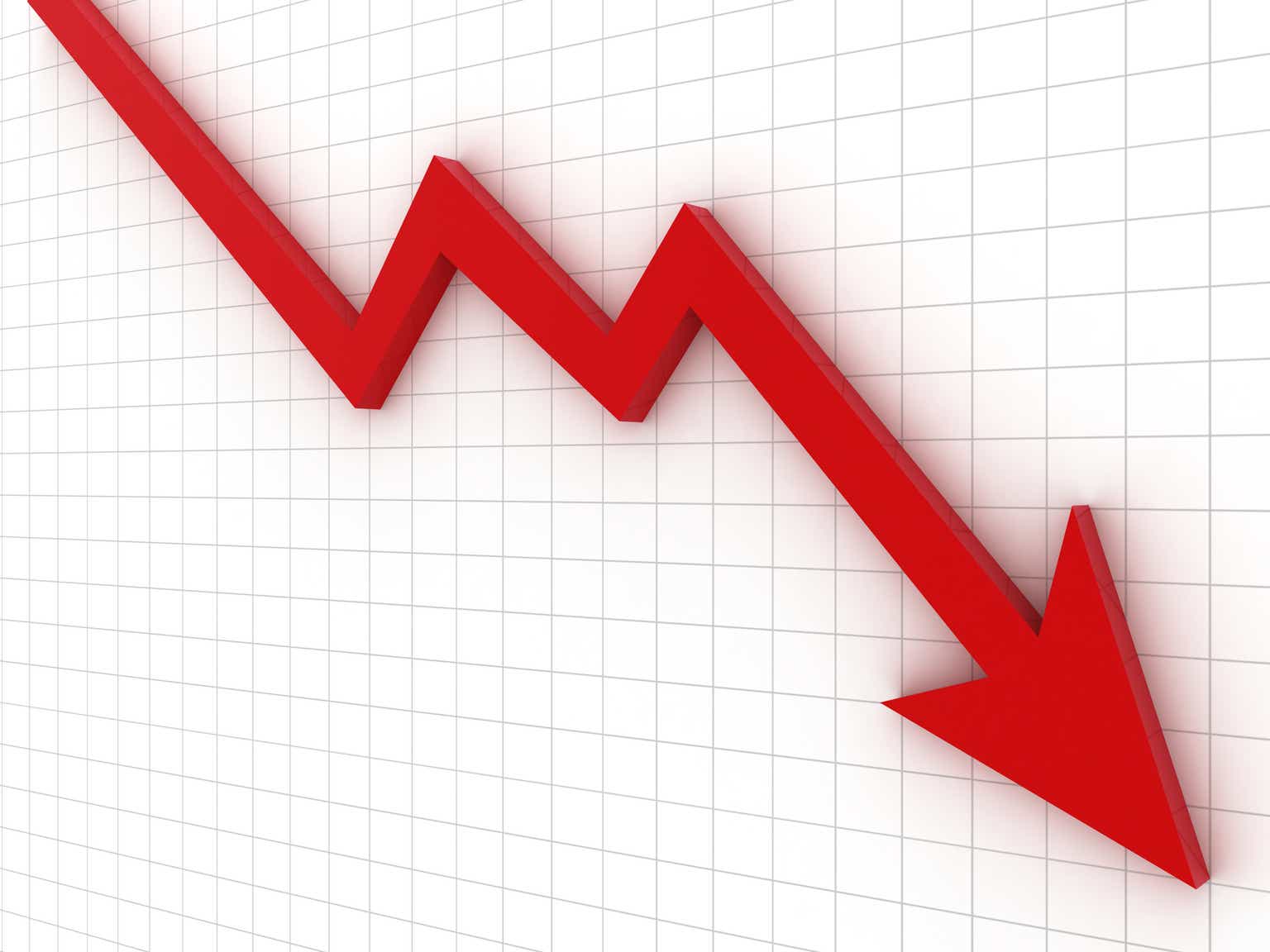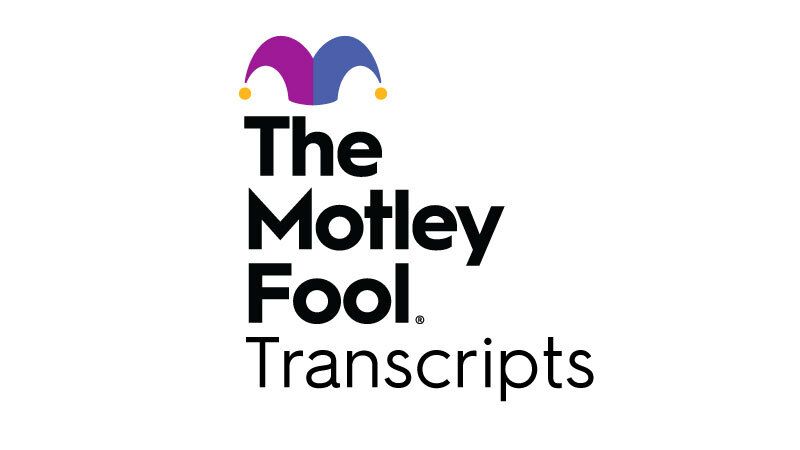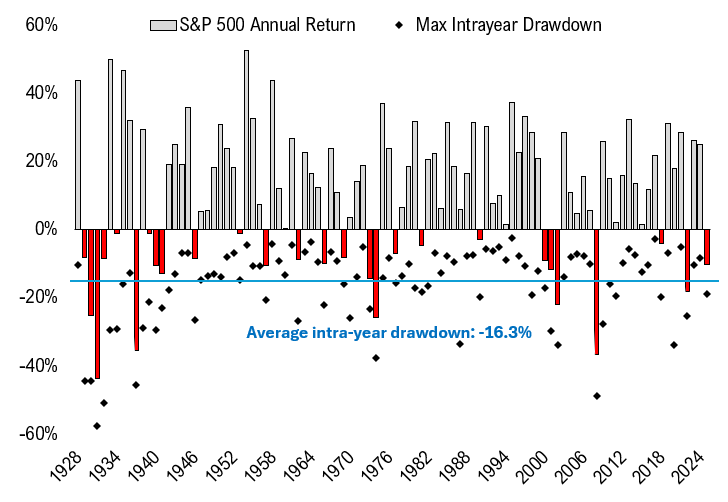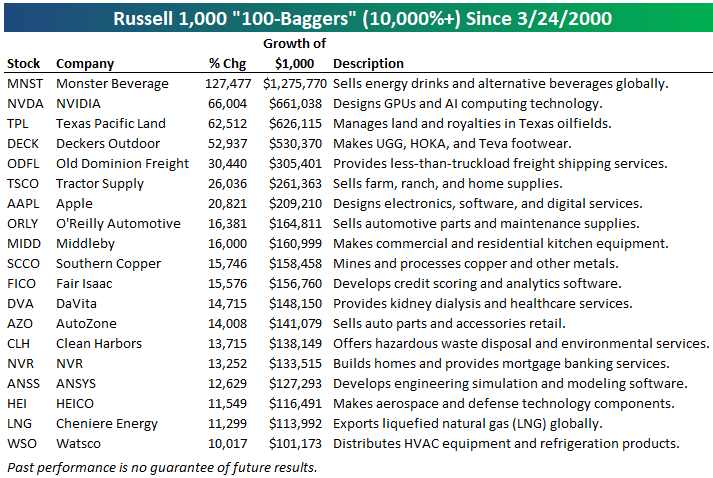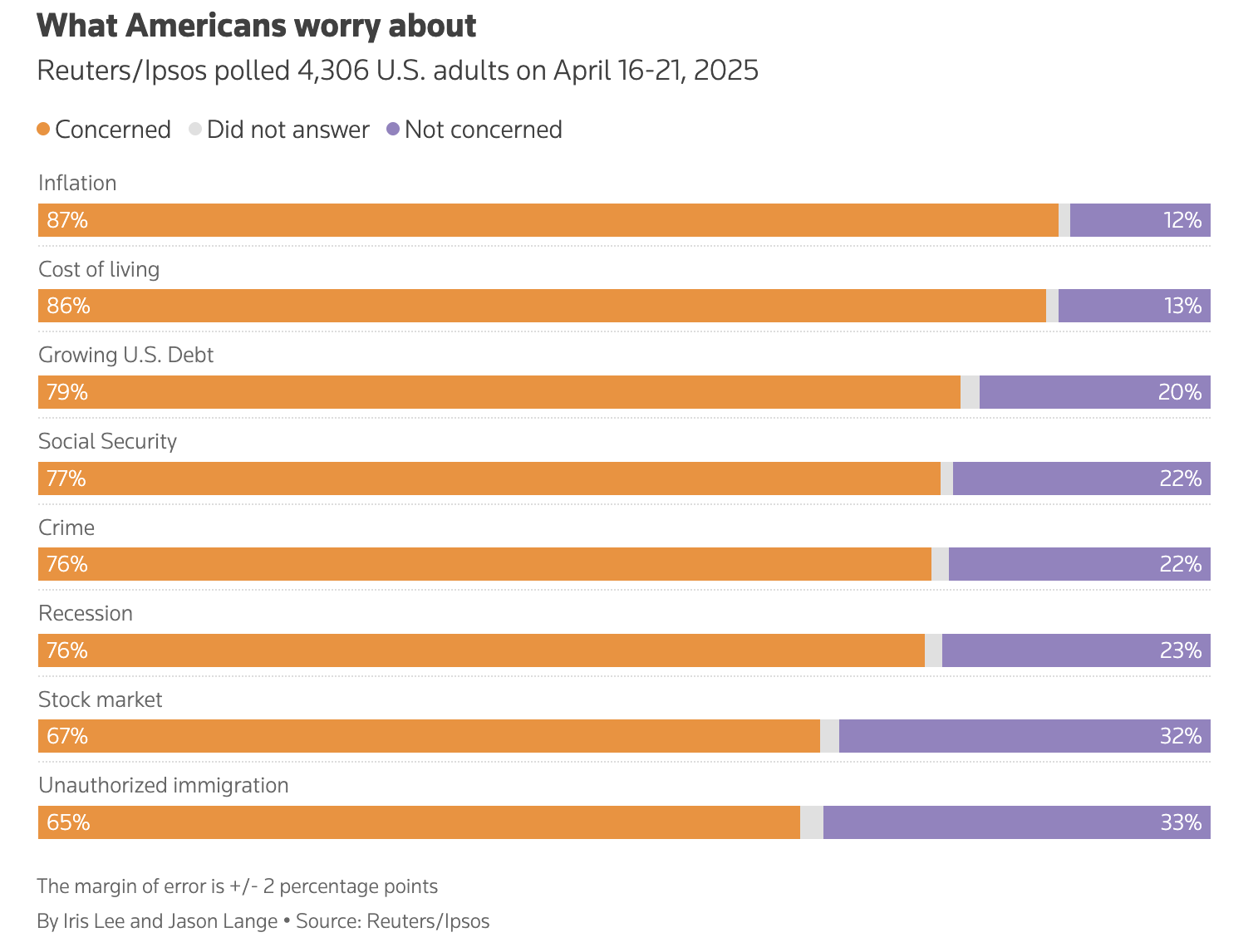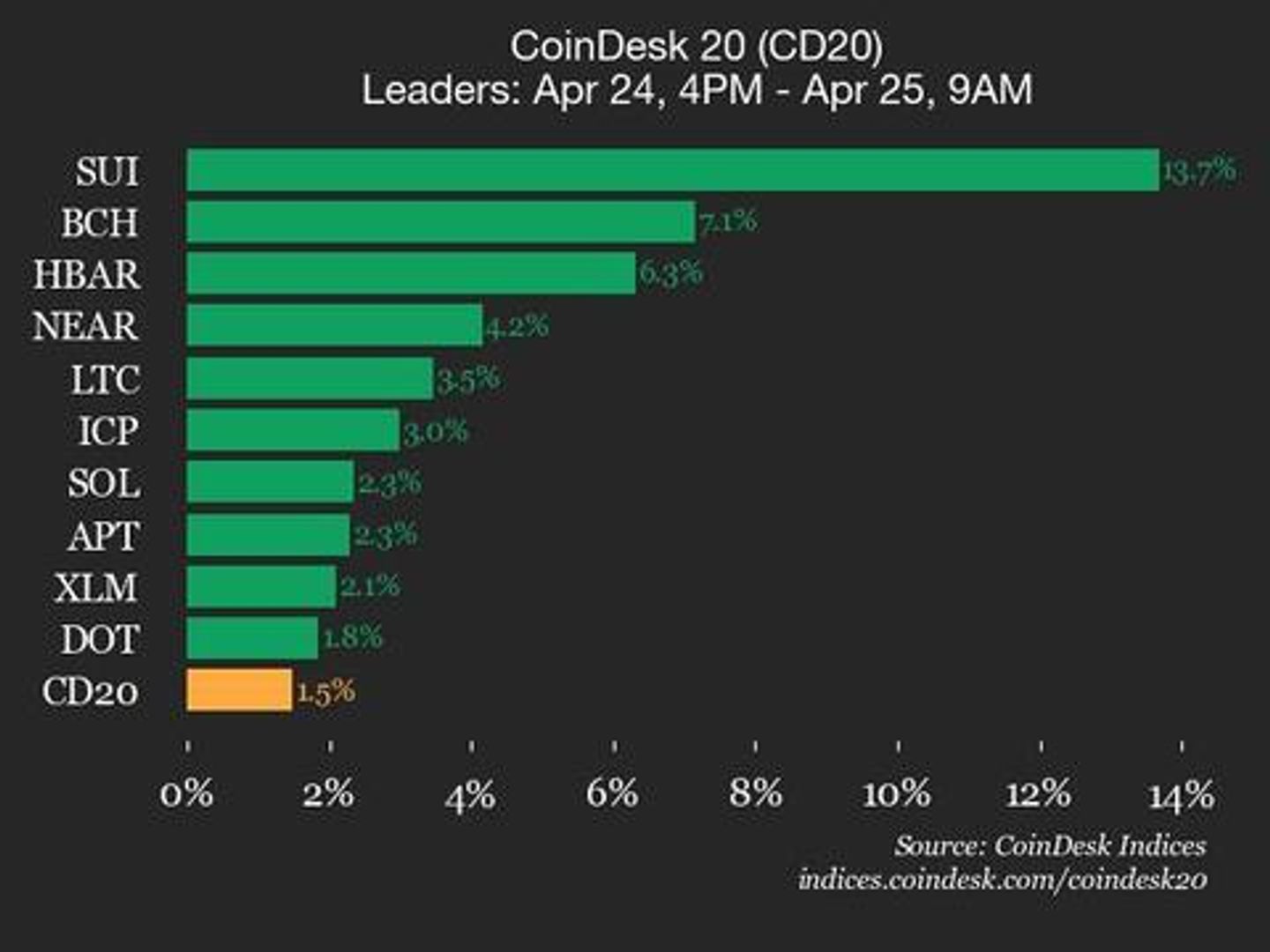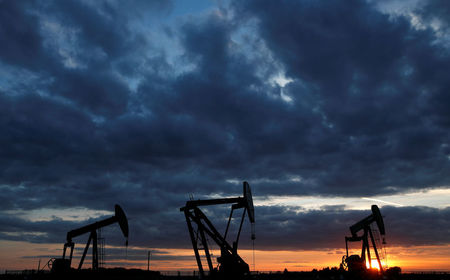How Trump’s promise of ‘Drill, baby, drill’ faded to ‘Delay, baby, delay’ for oil companies
The oil producers and services firms are cutting budgets and production is in decline mode.

A North American energy slowdown, especially for onshore U.S. crude oil, is well underway and threatens to worsen both domestically and worldwide amid weaker commodity prices, recession fears, and President Trump’s tariff uncertainty, energy executives and analysts said.
Record-high U.S. oil production already is trending down, and the economic morass is contributing to activity cutbacks, layoffs, and an end to the industry’s resurgence since the pandemic. More budget reductions and downward revisions to guidance are anticipated.
“There’s no question we’re going to be down this year. The magnitude of that decline is what’s in question,” said Marshall Adkins, head of energy for Raymond James. “Most of the oil guys (producers) are scaling back their growth.”
Adkins is particularly critical of Trump’s tariff impacts freezing the economy and energy demand, especially with oil prices in a no-man’s land between healthy and alarming—near four-year lows dating back to early 2021.
“We’re not drilling like crazy. At these prices, you’re meaningfully impairing the U.S. oil and gas industry,” he told Fortune. “It’s just massive uncertainty.”
In a report, Fraser McKay, head of upstream analysis at Wood Mackenzie, said the industry has learned from recent downturns and, with greater financial discipline, is prepared to swiftly cut back as needed. The ripple effects hit the U.S. first, but international projects already are facing delays and budget reductions.
“While the U.S. administration targets both lower prices and ‘Drill, baby, drill,’ we’re more likely to see ‘Delay, baby, delay,’” McKay said.
On a weekly U.S. oil production basis, volumes reached an all-time high of 13.63 million barrels per day in early December and have since dipped to 13.46 million barrels daily as of the week that ended April 18, according to the U.S. Energy Information Administration.
That’s only a 1% decline, and the federal statistics are best estimates, but the data does indicate that U.S. output has plateaued for now, if not notably dropped. Raymond James, for instance, estimates that U.S. oil production already has plunged more than twice as much as the federal estimates.
The nation’s drilling rig count is another story. While the numbers are somewhat deceptive because drilling rigs are increasingly more efficient, the U.S. rig count is down 5.5% in the last 12 months by 34 rigs and only expected to fall further, according to the latest April 17 data from Baker Hughes and Enverus research firm. Worldwide, North America and Latin America account for two-thirds of the losses in global rig counts over 12 months.
“If operators and the supply chain anticipate a period of prolonged low prices, it would send shockwaves through the industry,” McKay said. “This near-term uncertainty becomes an investment killer, precisely when the focus should be on potential long-term demand growth.”
What the CEOs say
Earnings season is now in full swing this week and the alarm bells are starting to ring, starting with several of the top oilfield services companies.
Weatherford International President and CEO Girish Saligram cited “dramatic changes” in costs for lots of imported equipment into the U.S., so they are looking to utilize more refurbished products.
“Tariffs have added significant uncertainty in the market, which, if left unresolved, will very likely cause demand destruction in the short- to mid-term,” Saligram said.
“While we haven't seen clear direction from customers yet, it is reasonable to expect a broad-based slowdown in the second half [of 2025],” he added.
Services companies have reduced employee headcounts both from slower activity and greater automation, while many of the biggest players are in the midst of layoffs, including Chevron, BP, SLB, and the aforementioned Weatherford.
ConocoPhillips just confirmed April 24 that it will implement layoffs too as part of a broad restructuring after its $22.5 billion acquisition of Marathon Oil in November.
“ConocoPhillips is always looking at how we can be more efficient with the resources we have. As part of this process, we have informed employees that workforce reductions are anticipated,” a spokesman said in a prepared statement.
One of the Big Three services providers, Baker Hughes, had the word “tariff” mentioned 50 times in its earnings call.
Baker Hughes chairman and CEO Lorenzo Simonelli said the company expects North American oil and gas exploration and production spending to fall by more than 10% in 2025, while international spending should decline by closer to 5%.
“A sustained move lower in oil prices or worsening tariffs would introduce further downside risk to this outlook,” Simonelli said, adding that he anticipates more declines in the second half of the year, especially in the onshore U.S.
He cited a direct, net Ebitda tariff impact of $100 million to $200 million, which does not factor in the loss of demand from lower oil prices.
Likewise, Halliburton chairman and CEO Jeff Miller said, “There is more risk embedded in our outlook today than three months ago.”
One of the only U.S. oil producers to report earnings thus far, Matador Resources chairman and CEO Joe Foran touted its operational excellence in the face of “turbulent times.”
Still, Matador is cutting back one of its drilling rigs now, even though it just expanded through the $1.8 billion acquisition last fall of Ameredev in the Permian Basin.
The only U.S. producers touting more blatant optimism thus far are the natural gas producers, such as EQT and Range Resources, focused on the Marcellus Shale where the oil market chaos doesn’t apply.
Looking abroad
While North America, including Mexico and its struggling state oil firm Pemex, and most of Latin America are slowing down, there are pockets of growth at least for now, including Brazil, Guyana, Norway, United Arab Emirates and Kazakhstan.
In fact, increased production from some OPEC nations and non-OPEC allies, including Kazakhstan, and their ongoing internal disputes over volumes are contributing to the weaker oil prices at a poorly timed convergence with the tariff wars.
Because of the longer project lead times, there is more optimism for the deepwater Gulf of Mexico and international offshore projects than for onshore shale oil.
Acknowledging the U.S. land slowdown, TechnipFMC chairman and CEO Doug Pferdehirt was quick to tout his services company’s greater reliance on offshore markets.
“In offshore, we are not seeing a market downturn. We are not seeing any slowing of the opportunity set,” he said. “We don't deny that this is a period of uncertainty but, in a period of uncertainty, we have never gone into it with a [project] backlog as large or, more importantly, as high quality that we have today.”
This story was originally featured on Fortune.com





















